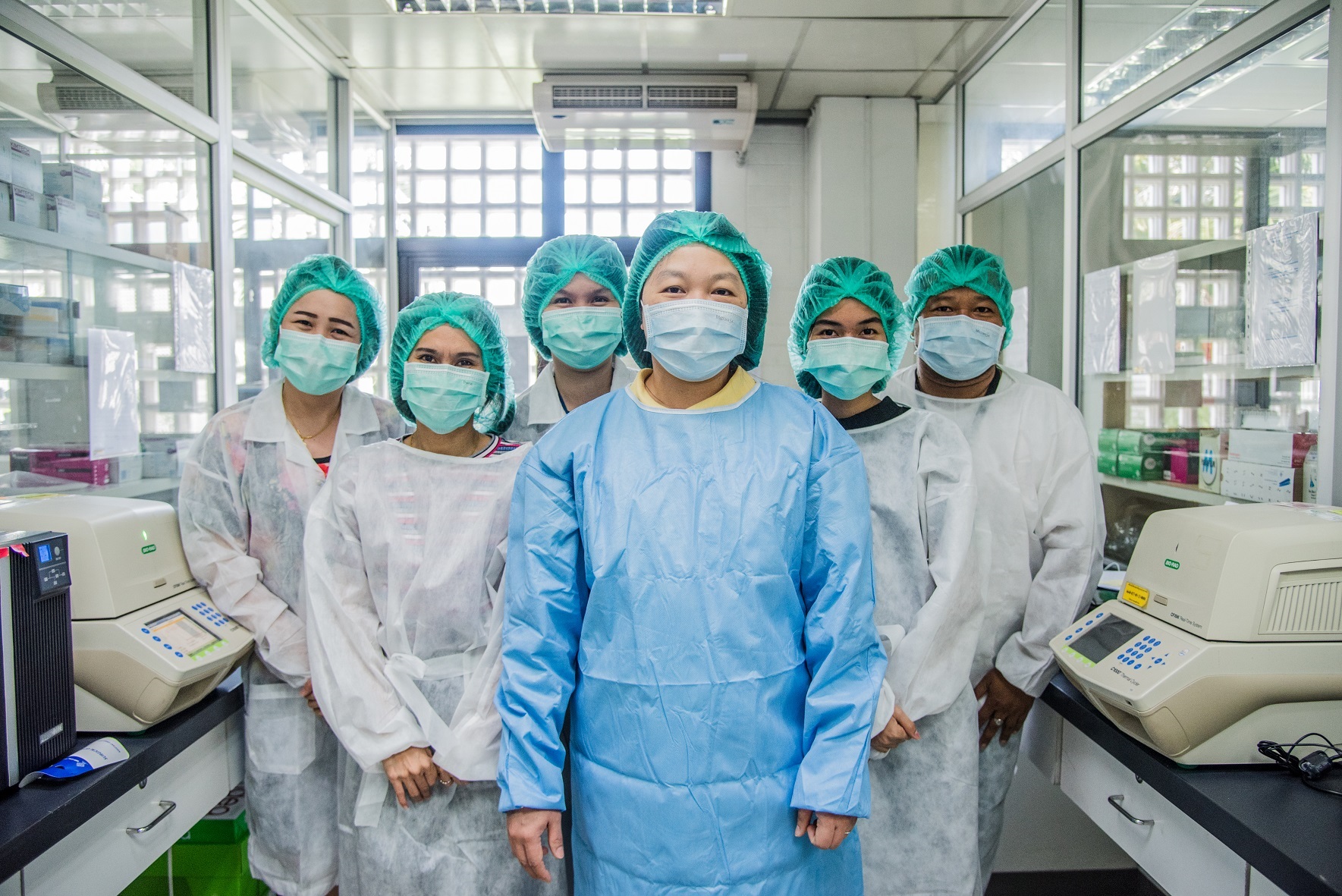Integrating monitoring of COVID-19 with influenza surveillance sets the agenda for bi-regional meeting of National Influenza Centres
Influenza is one of the most serious, yet under-rated, public health challenges, globally as well as in the Asia -Pacific region. It poses a major threat to humans, when the virus is constantly changing, potentially leading to the emergence of novel strains with pandemic potential.
The Global Influenza Surveillance and Response System (GISRS) comprises of designated National Influenza Centres (NICs) from Member States, a network of WHO Collaborating Centres, Essential Regulatory Laboratories and H5 Reference Laboratories. The GISRS plays a crucial role in increasing understanding of the influenza virus and identifying emergence of novel virus strains with pandemic potential, helping detect outbreaks and provide evidence-based guidance for policy decisions at global, regional and country levels.
Since 2007, annual bi-regional NIC meetings have provided an opportunity for NICs, Ministry of Health (MoH) officials, WHO and partners to strengthen GISRS. They have encouraged collaboration between influenza surveillance networks, policy-makers, and immunization programmes to ensure evidence-based strategies are developed and implemented across the WHO’s South-east Asia (SEA) and Western Pacific Regions (WPR).
The 14th bi-regional meeting of the NICs and influenza surveillance was held virtually on 17–19 August 2021. The meeting was timely, given that influenza related activities have been affected by the current COVID-19 pandemic. Experiences gathered from the response to COVID-19 offered opportunities to refine and reshape preparedness for future influenza outbreaks and pandemics.
- Review status of preparedness for and response to seasonal, zoonotic and pandemic influenza threats in the context of COVID-19 and identify priority areas to strengthen systems based on lessons learned within the overall framework of APSED III for implementation of International Health Regulations (2005) and Global Influenza Strategy (2019–2030).
- Review influenza trends observed in WHO SEA and WPR between January 2020 and August 2021, including trends of circulation of SARS-CoV-2 with influenza.
- Review influenza-like illness and Severe Acute Respiratory Infection (SARI) surveillance (epidemiology and laboratory) and identify challenges experienced during COVID 19 for further surveillance system strengthening.
- Identify and agree on key priority activities for integrating sentinel surveillance for influenza and SARS-CoV-2 in line with WHO’s interim guidance on “Maintaining surveillance of influenza and monitoring SARS-CoV-2: adapting GISRS and sentinel systems during COVID-19 pandemic.”
- Identify approaches for accelerated strengthening of laboratory systems using experiences from COVID-19, towards preparation for outbreaks of influenza and other respiratory viral infections with epidemic and pandemic potential in the future.
- Discuss COVID-19 pandemic vaccine deployment readiness assessments, deployment planning and implementation experience and how it can be used for shaping future Pandemic Influenza Vaccine Deployments.
The meeting ended with recommendations for sustaining influenza surveillance during the pandemic and further strengthening the integrated surveillance of Influenza and COVID-19 through GISRS.

Dr. Pilailuk Okada, medical technologist and Head of National Influenza Centre at the Thai National Institute of Health and her team in a PCR Lab at the Department of Medical Sciences on 12 June 2020. They validated the results of the first case of coronavirus. National Influenza Center, The National Health Institute, Department of Media Sciences, Ministry of Public Health.
